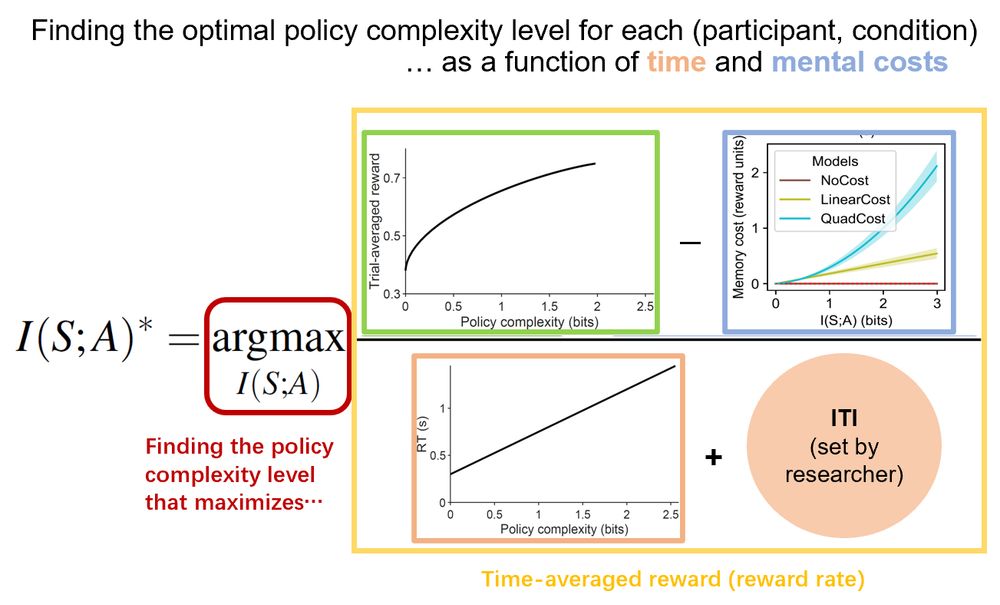Liu, Shuze
@liushuze.bsky.social
95 followers
140 following
29 posts
PhD student @ Harvard || computational cognitive science, human decision making and reasoning
Posts
Media
Videos
Starter Packs
Liu, Shuze
@liushuze.bsky.social
· Aug 19
Liu, Shuze
@liushuze.bsky.social
· Aug 19
Liu, Shuze
@liushuze.bsky.social
· Jul 28
Liu, Shuze
@liushuze.bsky.social
· Jul 27
Reposted by Liu, Shuze
Liu, Shuze
@liushuze.bsky.social
· Jun 11
Liu, Shuze
@liushuze.bsky.social
· Jun 11
Liu, Shuze
@liushuze.bsky.social
· Apr 12
Liu, Shuze
@liushuze.bsky.social
· Apr 12
Liu, Shuze
@liushuze.bsky.social
· Mar 23












